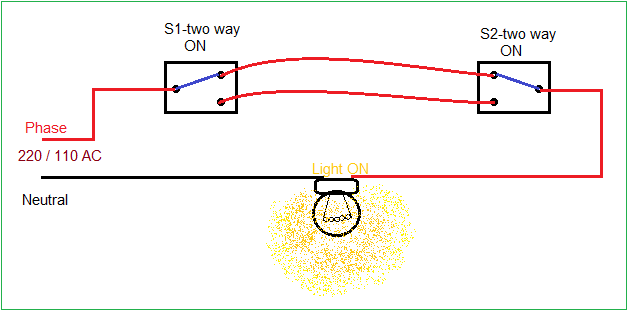Follow along with the video below to see how to install our site as a web app on your home screen.
Note: This feature may not be available in some browsers.

Have you never heard of an electrical CIRCUIT?But if both inputs are high then both A and B are sending current to the up side of the LED;
so it shouid be glowing.
You can say whatever you like, it does not mean it has any connection with facts or reality.Thanks for the answer.
If you say that the voltage from input B; influence on the bottom of the led via D3; and input A influence on the upper side of the led via D1;
then input A could influence on the botom side of the led via D4;
so you can say that the voltage on the bottom side of the led is twice more than the voltage on the upper side of the led(in the case of A=B=1).
thank a lot
That in itself is not an accurate statement, and also does not necessarily apply to things that have a minimum voltage before they start to conduct, such as semiconductorsthe rule that current always prefer to pass through the path
of the least resistence.

